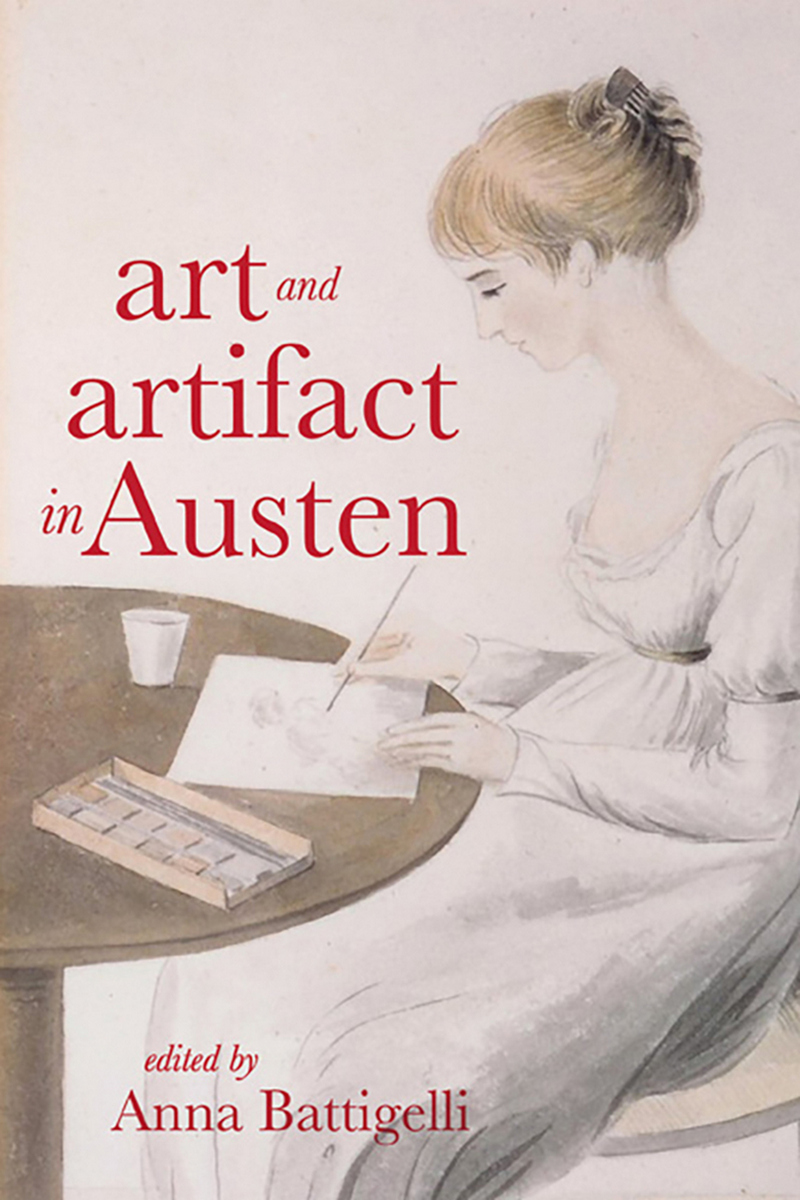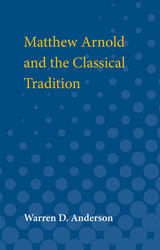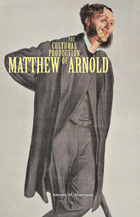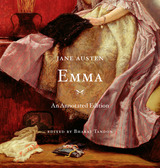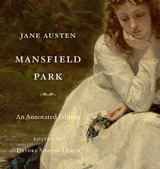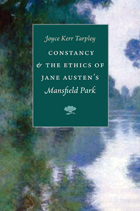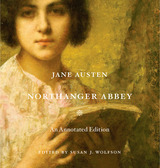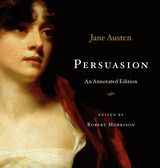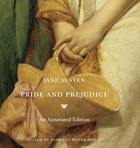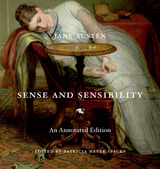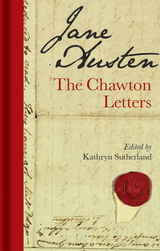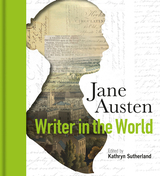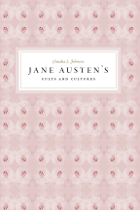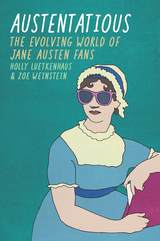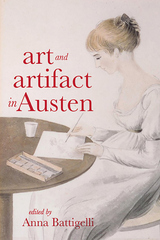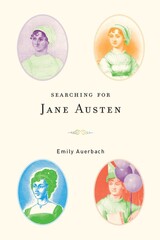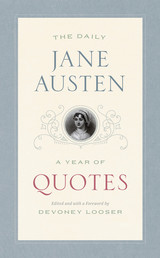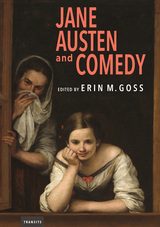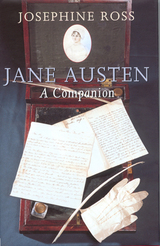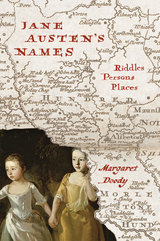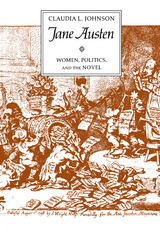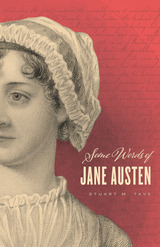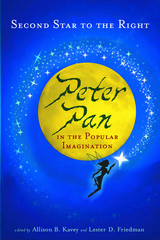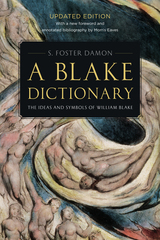Art and Artifact in Austen
University of Delaware Press, 2020
Paper: 978-1-64453-175-4 | eISBN: 978-1-64453-176-1 | Cloth: 978-1-64453-174-7
Library of Congress Classification PR4037.A83 2020
Dewey Decimal Classification 823.7
Paper: 978-1-64453-175-4 | eISBN: 978-1-64453-176-1 | Cloth: 978-1-64453-174-7
Library of Congress Classification PR4037.A83 2020
Dewey Decimal Classification 823.7
ABOUT THIS BOOK | AUTHOR BIOGRAPHY
ABOUT THIS BOOK
Jane Austen distinguished herself with genius in literature, but she was immersed in all of the arts. Austen loved dancing, played the piano proficiently, meticulously transcribed piano scores, attended concerts and art exhibits, read broadly, wrote poems, sat for portraits by her sister Cassandra, and performed in theatricals. For her, art functioned as a social bond, solidifying her engagement with community and offering order. And yet Austen’s hold on readers’ imaginations owes a debt to the omnipresent threat of disorder that often stems—ironically—from her characters’ socially disruptive artistic sensibilities and skill. Drawing from a wealth of recent historicist and materialist Austen scholarship, this timely work explores Austen’s ironic use of art and artifact to probe selfhood, alienation, isolation, and community in ways that defy simple labels and acknowledge the complexity of Austen’s thought.
Published by University of Delaware Press. Distributed worldwide by Rutgers University Press.
Published by University of Delaware Press. Distributed worldwide by Rutgers University Press.
See other books on: 1775-1817 | Artifact | Austen | Austen, Jane | Francus, Marilyn
See other titles from University of Delaware Press
